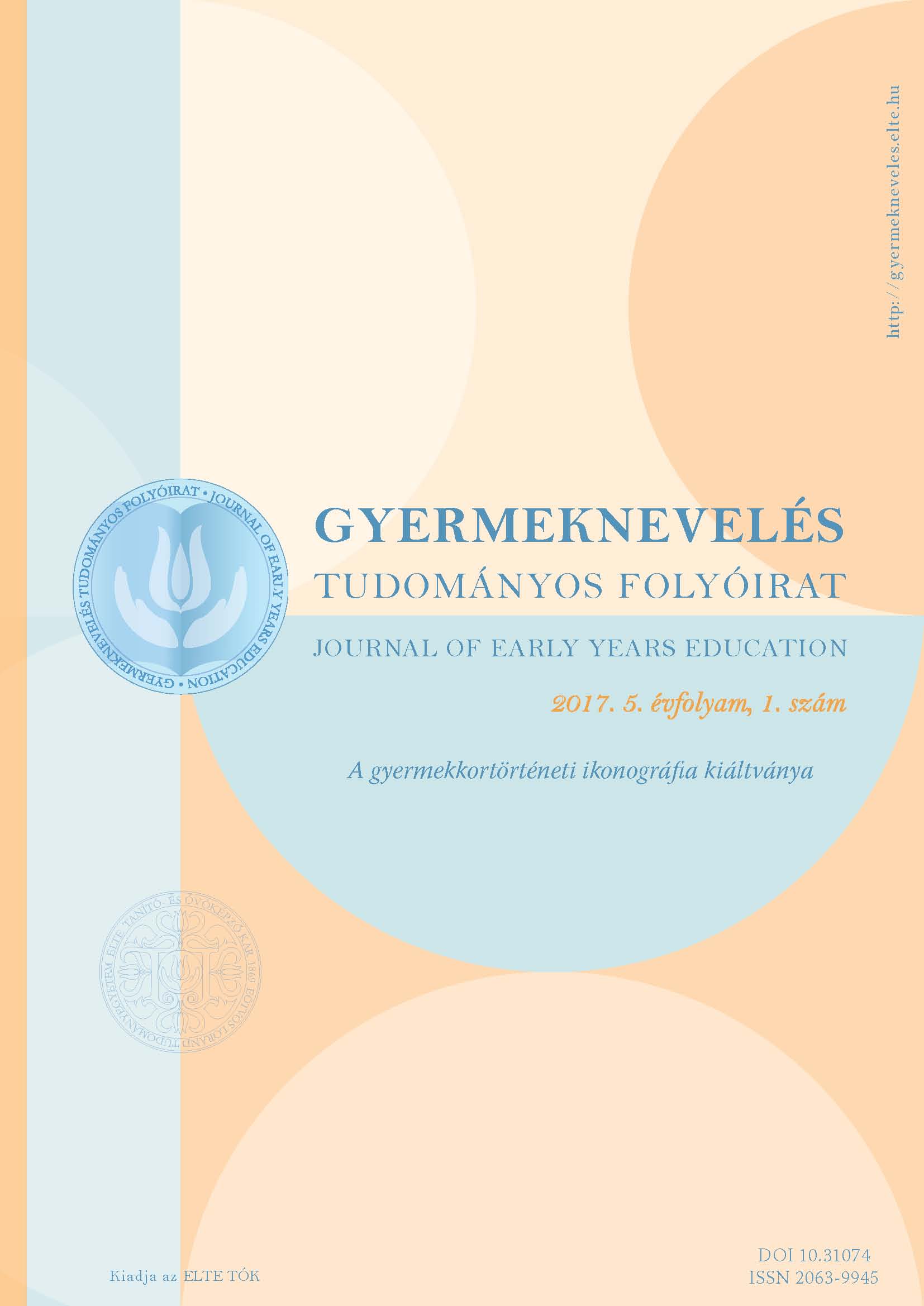The child in nature. Motifs of bathing and water in the art of second half of 19th century and in the Art colony of Szolnok
DOI:
https://doi.org/10.31074/gyntf.2017.1.17.42Keywords:
childhood history iconography, water and bathing, relation between child and nature, classical modernism, art colony in SzolnokAbstract
In this paper I attempt to highlight the main patterns of child-nature relation regarding to the painting of second half of 19th century, through visual examples of realisms, classical modernism and the art colony in Szolnok. My further goal is to explore and interpret the elements of child conception and child perception, reveal the indirect pedagogical effects. To that I use an interdisciplinar method, which include the iconography-iconology, hermeneutics, social history approach and motive analysis. After the analysis the following statements can be made. The motifs of water and bathing are linked with different meanings, e.g. the metaphor of initiation to the desacralized Quran, child-centered, acceptor pedagogical attitude, which accepts the childish biology and functions, and the narrative about the childish self-activity, natural evolution, but we can also meet the romantic child ideology. Nevertheless on this pictures the child-nature relation is organic.
Downloads
Downloads
Published
How to Cite
Issue
Section
License
Copyright (c) 2017 Author

This work is licensed under a Creative Commons Attribution-NonCommercial-ShareAlike 4.0 International License.

